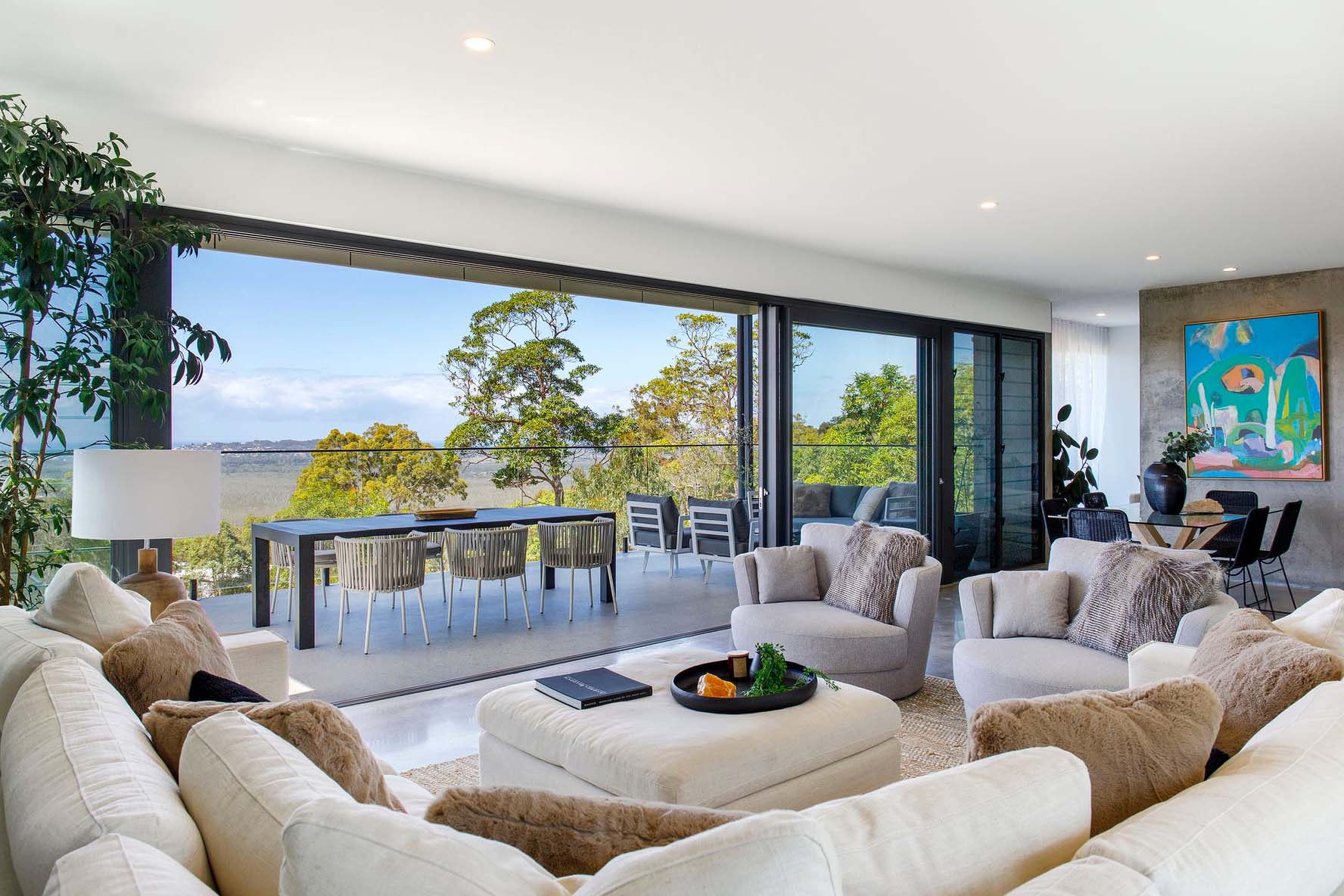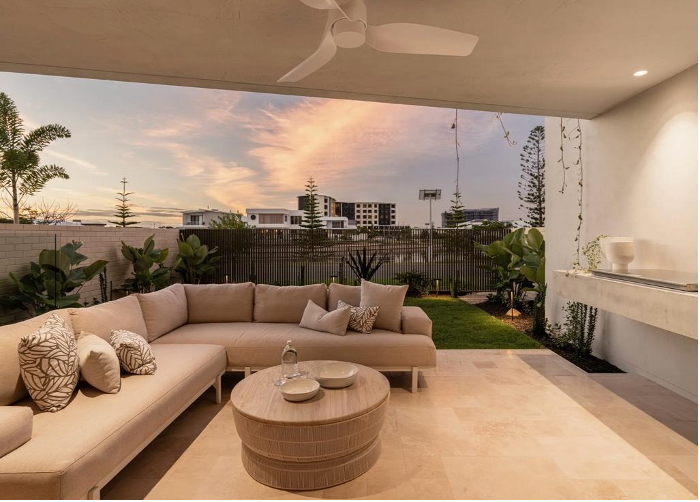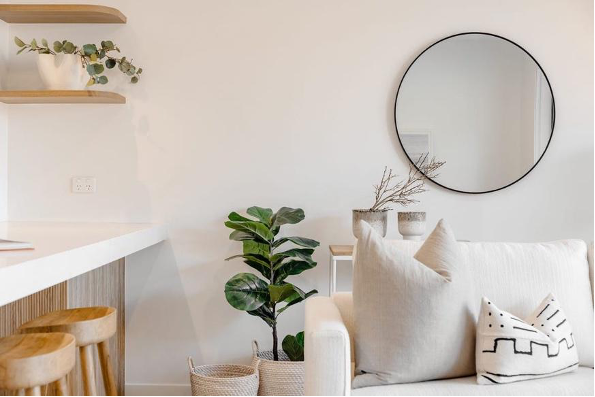How to integrate sustainability into interior design
Sustainability holds immersive significance, particularly in the realm of interior design. According to Torrens University statistics, buildings consume a substantial 20 to 50 per cent of the world’s physical resources. As interior designers, it is crucial for usit’s crucial to mitigate this impact by crafting buildings that prioritise sustainability and minimal environmental impact.
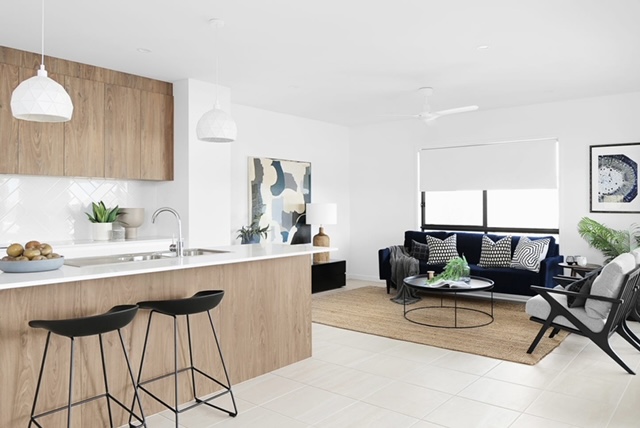
Strategies to Implement Sustainable Interior Design:
Design for energy efficiency
Create designs that minimise the need for heating and lighting. Incorporate renewable energy sources to power the building. Include energy-efficient lighting to maximise natural light, as well as energy-saving appliances. Ensure windows and coverings provide excellent insulation to prevent heat loss.
Design for low environmental impact
Opt for natural materials made from organic sources, with responsibly sourced wood, wool, and stone being excellent choices. Consider the entire lifecycle of materials, including production, transportation, and disposal.
Design for waste reduction
Reduce waste by incorporating recycling, upcycling, and repurposing in designs. Choose materials with minimal environmental impact and explore creative ways of utilising recycled materials to minimise waste generation.
Design for longevity and flexibility
Select timeless pieces and prioritise quality over quantity. Opt for classics instead of trends to create designs that withstand the test of time. Design durable and timeless spaces that can adapt to changing needs, eliminating the need for frequent demolitions and rebuilds.
Design for healthy environments
Consider the overall well-being of occupants by addressing air quality, heating, ventilation, lighting and acoustics in the design. Create spaces that promote a healthy and comfortable living or working environment.
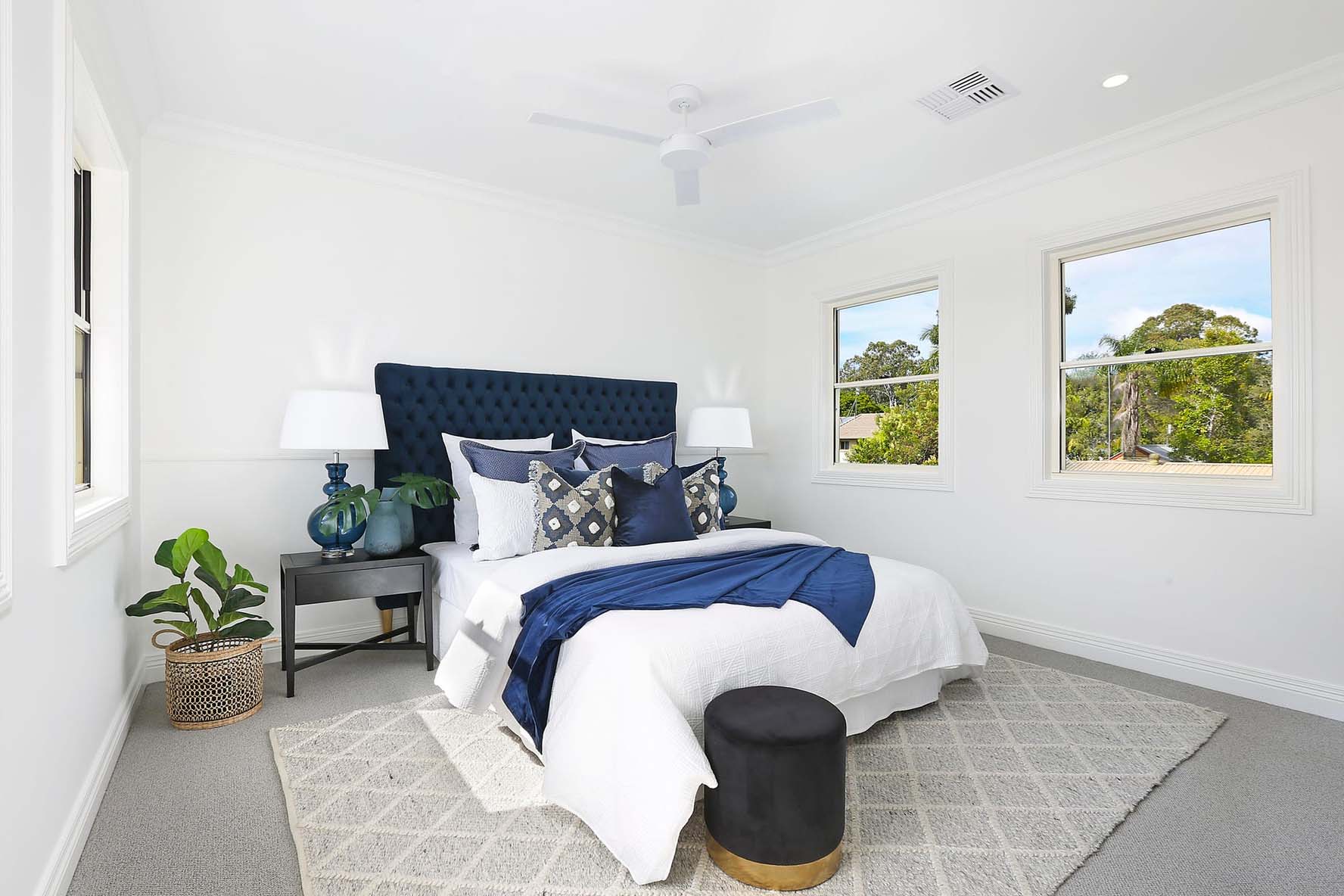
Sustainable Design Key Principles
Adding to the previously mentioned decorative elements, interestingly enough, soap bars are frequently overlooked yet can function as versatile items. They serve both as decorations and for their intended purpose while imparting a delightful scent into the room.
Our recommendations for enhancing the sustainability of your interiors encompass several key principles:
- Choosing furniture made from sustainable materials to minimise environmental impact.
- Integrating reclaimed or vintage furniture to add character while promoting the reuse of existing resources.
- Utilising LED bulbs in light fixtures for longevity and reduced energy consumption compared to traditional incandescent bulbs.
- Considering the use of energy-efficient appliances to decrease the carbon footprint associated with household activities. This is a practice we consider for our turn-key custom furniture package homes that require appliances.
- Selecting materials and finishes with low or no VOC (volatile organic compounds) emissions to enhance indoor air quality.
- Sourcing organic materials and finishings locally to minimise transportation emissions and support the local economy.
- Integrating water-saving fixtures and appliances to encourage water conservation within the overall design.
- Opting for modular and flexible designs to avoid extensive renovations, promoting adaptability and longevity in your living space.
By incorporating these sustainable practices, you can create interiors that not only reflect your style but also contribute to a more environmentally -conscious and resource-efficient living environment.
Beyond our Interior Design service we also offer furniture packages, turnkey home packages and property styling services. So, if you’re looking to create the perfect space get in touch with our designers today at 07 5455 5015 or via email at info@blinkliving.com.au.
